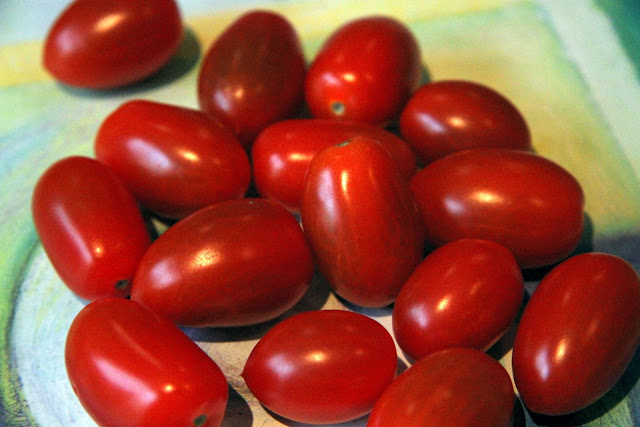

| Visitors Now: | |
| Total Visits: | |
| Total Stories: |

| Story Views | |
| Now: | |
| Last Hour: | |
| Last 24 Hours: | |
| Total: | |
Improved pest resistance in cultivated tomato with the defense oil trait from a wild relative
Improved herbivore resistance in cultivated tomato with the sesquiterpene biosynthetic pathway from a wild relative. 2012 Open access at PNAS USA
Herbivorous insects pose serious problems in agricultural production areas. On commercial tomato, whiteflies, spider mites, and aphids are major pests, not only by the feeding damage they cause, but also because they transmit devastating viruses that can cause losses up to 100% (1). Production of tomato, a crop with considerable economic importance, reached 145,751,507 tons worldwide in 2010, representing a value of 53.3 billion dollars (www.fao.org). In general, wild tomatoes are far less attractive to pests than cultivated tomatoes due to an elevated or qualitatively different production of an array of defense compounds such as alkaloids, phenolic compounds, and terpenes…
Abstract
Tomato breeding has been tremendously efficient in increasing fruit quality and quantity but did not focus on improving herbivore resistance. The biosynthetic pathway for the production of 7-epizingiberene in a wild tomato was introduced into a cultivated greenhouse variety with the aim to obtain herbivore resistance. 7-Epizingiberene is a specific sesquiterpene with toxic and repellent properties that is produced and stored in glandular trichomes. We identified 7-epizingiberene synthase (ShZIS) that belongs to a new class of sesquiterpene synthases, exclusively using Z-Z-farnesyl-diphosphate (zFPP) in plastids, probably arisen through neo-functionalization of a common ancestor. Expression of the ShZIS and zFPP synthases in the glandular trichomes of cultivated tomato resulted in the production of 7-epizingiberene. These tomatoes gained resistance to several herbivores that are pests of tomato. Hence, introduction of this sesquiterpene biosynthetic pathway into cultivated tomatoes resulted in improved herbivore resistance.
Petra M. Bleeker, Rossan Mirabella, Paul J. Diergaarde, Arjen VanDoorn, Alain Tissier, Merijn R. Kant, Marcel Prins, Martin de Vos, Michel A. Haring, and Robert C. Schuurink,1
Published online before print November 19, 2012, doi: 10.1073/pnas.1208756109
PNAS November 19, 2012 201208756
Open access
2012-12-03 01:21:56
Source: http://gmopundit.blogspot.com/2012/12/improved-pest-resistance-in-cultivated.html
Source:



